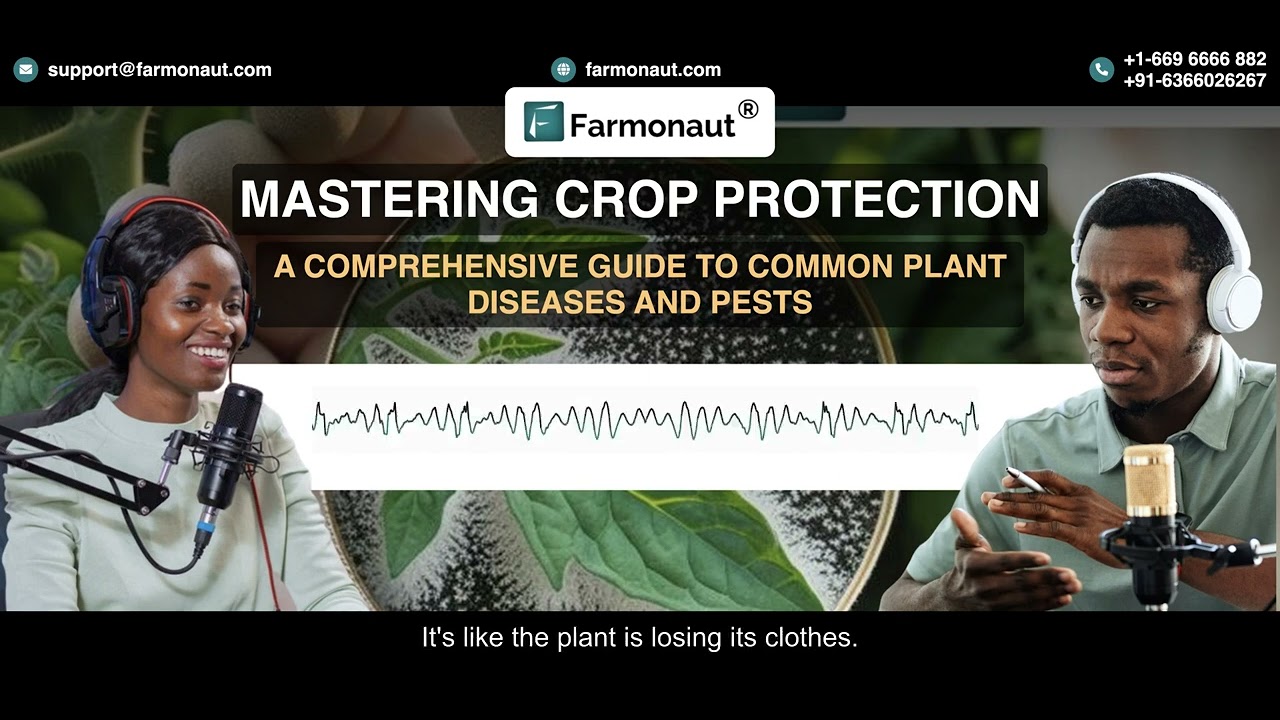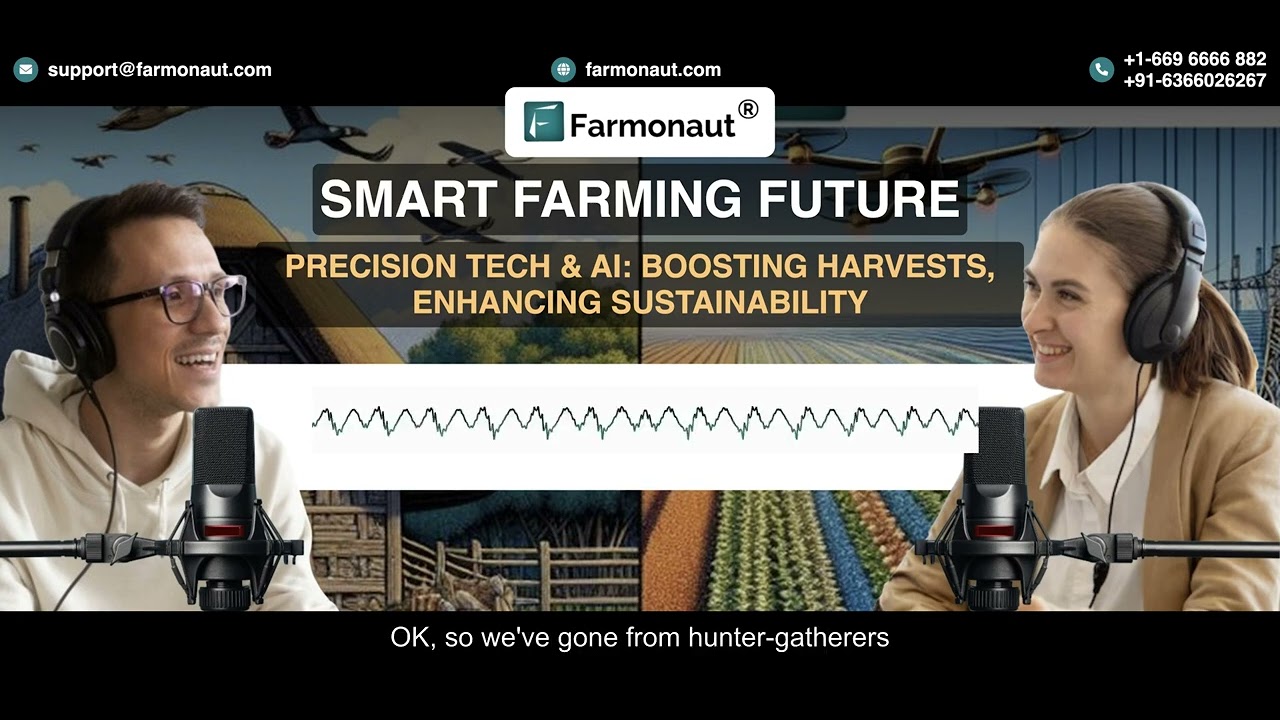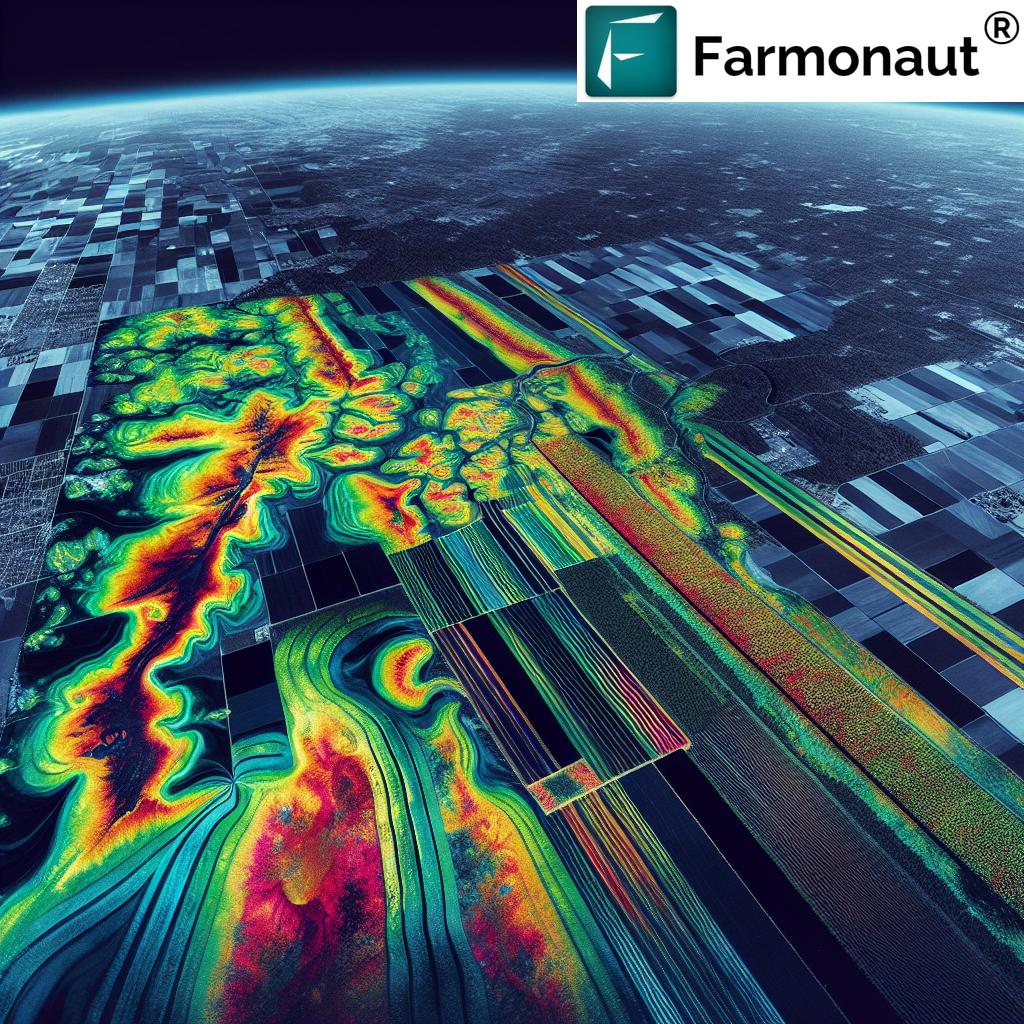Table of Contents
“In 2025, gene editing cut tomato breeding times by 40%, revolutionizing crop resilience and yield improvements.”
Introduction
Plant breeding—the science of enhancing crops for performance, quality, and sustainability—remains a cornerstone of agricultural innovation in 2026 and beyond. Among the multitude of crops benefiting from breeding advances, tomato plant breeding stands out due to tomatoes’ global importance for food security, economic impact, and nutritional value. Our modern food systems demand continuous improvement in yield, resilience, and quality, especially as we confront new challenges from climate change, emerging pests, and evolving market preferences.
With cutting-edge genetic plant breeding, integration of molecular tools, and smarter methods for selection and cross breeding plants, breeders are developing tomato varieties and other crops better suited for the demands of 2026 and the decades to come. In this comprehensive guide, we explore the latest advances in tomato plant breeding, delve into vital genetic breakthroughs, consider the future of underutilized species like the Asur plant, and offer actionable insights for anyone passionate about plant breeding genetics and sustainable crop improvement.
The Foundation of Tomato Plant Breeding: Why It Remains Vital
Tomato plant breeding is not just about producing bigger or redder fruits; it’s about evolving with the food security needs of a changing world. As we approach the mid-2020s and look beyond, plant breeding underpins:
Meeting rising food demand: The global population is set to cross 8 billion by 2026, making tomato yield and quality paramount for nutrition and economics.
Boosting resilience: Breeding for resistance to stress, such as extreme temperatures, new pests, and diseases, ensures stability of production.
Driving innovation: The integration of classical and genetic plant breeding accelerates the development of novel tomato varieties demanded by modern consumers and sustainable markets.
Continuous improvement of tomato and other crops through plant breeding genetics remains essential—not just for farmers, but for global food security, as well as diversity and climate resilience across agricultural systems.
Classical Cross Breeding Plants: Principles, Methods, and Evolution
Cross breeding plants is the traditional heart of plant breeding. This classical approach involves:
Combining distinct parent lines: Two plants exhibiting desirable but separate traits (e.g., a disease-resistant tomato and one with exceptional fruit flavor) are crossed.
Generating improved offspring: The goal is to create progeny that inherit the best attributes of both parents (yield, resistance, quality).
Selection: Repeated screening and evaluation allow breeders to choose the plants that display improved characteristics, continuing the cycle of improvement.
Though effective, traditional cross breeding can be time-consuming due to the complex genetics of crops like tomatoes. The advent of molecular biology and genomic tools now allows us to precisely select and combine genes, making cross breeding plants more predictive and efficient.
“Over 7 advanced genetic techniques now enable the precision breeding of tomatoes with enhanced flavor, size, and disease resistance.”
The Role of Genetics in Plant Breeding: Innovations for 2026 and Beyond
Modern plant breeding genetics is paving the way for a new era of agricultural improvement. With the full sequencing of the tomato genome and rapid developments in genomic and molecular analysis, breeders can:
Pinpoint quantitative trait loci (QTLs) and single nucleotide polymorphisms (SNPs) associated with valuable traits
Utilize marker-assisted selection (MAS) to speed up screening for preferred traits
Implement genomic selection models that predict which combinations of genes lead to the most productive offspring
Accelerate breeding cycles and ensure superior varieties can be rapidly developed, tested, and deployed in global markets
Why is This Important?
Genetic plant breeding empowers breeders to not only respond quickly to new environmental challenges but also address evolving demands in market quality and consumer preferences. This synergy of genetics and traditional methods is essential for meeting food security needs efficiently and sustainably.

7 Genetic Plant Breeding Advances Revolutionizing Tomatoes
Let’s explore the seven leading-edge advances that are transforming tomato plant breeding in 2026 and beyond, alongside innovative methods for future-proofing our food crops:
1. CRISPR/Cas9 Gene Editing: Targeted Improvement Without Foreign DNA
Technique: CRISPR enables scientists to precisely modify genes responsible for traits like fruit shelf life, color, resistance, or nutrient content, all directly within the tomato genome—without introducing foreign DNA.
Benefits:
Reduces time from lab to field (by 40% in 2025!)
Allows development of non-GMO, consumer-friendly improved varieties
Enhances yield, stress tolerance, and quality rapidly
Addresses specific market demands (e.g., better flavor, longer shelf life)
Example: Removing genes responsible for fruit splitting or softening to extend shelf life, or enhancing lycopene and vitamin C levels.
Crispr is revolutionizing genetic plant breeding—an innovation that will drive sustainable, high-performing crops for years to come.

2. Marker-Assisted Selection (MAS): Precision Screening for Complex Traits
Technique: MAS uses molecular markers to select plants carrying the most desirable genes (for quality, resistance, yield), even before full plants mature. It’s like giving breeders superhero vision.
Benefits:
Greatly reduces breeding cycles
Ensures only progeny with optimal characteristics go on to the next round
Speeds up development of varieties with traits such as late blight resistance or improved sweetness
MAS exemplifies the fusion of traditional cross breeding and modern genetic technology, vital for breeding efficiency in 2026 and beyond.
3. Genomic Selection Models: Predictive Breeding at Scale
Technique: By analyzing tens of thousands of genetic markers across the genome, breeders can use computational models to predict how potential offspring will perform, based on their collective genetic data.
Benefits:
Dramatically accelerates variety development
Reduces reliance on large-scale field trials (cutting costs and time)
Increases genetic gain per year—leading to tomatoes that yield more and resist stress better

4. Introgression from Wild Relatives: Unlocking Hidden Traits and Genetics
Technique: Wild tomato relatives possess valuable genes lost in domestication (e.g., drought resistance, novel flavors, or extreme pest resilience). By cross breeding plants with wild varieties through targeted introgression, breeders can tap into “hidden” genetic diversity.
Benefits:
Broadens tomato’s genetic base (counteracting the risks of genetic uniformity)
Enables adaptation to climate change and emerging global threats
Preserves important traits for future cropping systems
This method is also highly relevant to the asur plant breeding and other underutilized species, as it ensures their conservation and utilization through targeted genetic improvement programs.
5. Doubled Haploid Technology: Rapid Creation of True-Breeding Lines
Technique: This method enables the creation of homozygous (genetically uniform) tomato plants in a single generation, rather than the many years conventional breeding requires.
Benefits:
Speeds up variety stabilization by several years
Crucial for large-scale seed and hybrid programs
Enables faster deployment of resilient and high-yielding crops globally
6. RNA Interference (RNAi) and Silencing: Durable Pest and Disease Resistance
Technique: By turning off specific genes (including those that pests or diseases exploit), RNAi can make tomatoes substantially more resistant to biotic stresses.
Benefits:
Targets only problem pathways, without affecting overall plant health
Delivers sustainable pest control without synthetic chemicals
Protects yields and quality demanded by both local and global markets
7. High-Throughput Phenotyping and AI Integration: Next-Level Selection
Technique: Combining advanced imaging, sensor networks, and AI-driven analytics, breeders collect massive amounts of data on plant performance under real field conditions. This supports more accurate, rapid, and sustainable breeding decisions.
Benefits:
Enables selection of complex traits (e.g., water-use efficiency, multiple resistance genes) that were previously hard to assess
Integrates seamlessly with satellite data for precision agriculture insights
Accelerates genetic gain and enhances crop adaptation under climate change scenarios for 2026 and beyond
Farmonaut leverages satellite imagery and AI to support crop health monitoring, phenotyping, and sustainability analytics—making technology-driven breeding more accessible worldwide.

Comparative Advances Table: 7 Genetic Plant Breeding Innovations in Tomatoes
Advance Name
Genetic Technique Used
Estimated Yield Improvement (%)
Resilience Increase (Estimated %)
Quality Improvements
Expected Main Benefit for Farmers (2025+)
CRISPR/Cas9 Gene Editing
Genome Editing (site-specific)
+20-25%
+30% (disease, shelf-life, climate)
Superior flavor, longer shelf life, higher nutrients
Fast-track development of desirable traits
Marker-Assisted Selection (MAS)
QTL/SNP Marker Mapping
+15%
+20% (pest, disease)
Uniform quality, improved sweetness/acidity balance
Predictive breeding, reduced trial time
Genomic Selection Models
Genome-wide Marker Prediction
+20%
+15% (multiple stressors)
Consistent performance, predictable outcomes
Larger genetic gains per year
Introgression from Wild Relatives
Targeted Crosses with Wild Types
+10-12%
+35% (climate, biotic stress)
Unique flavors, colors, novel resistances
Diversification, climate adaptation
Doubled Haploid Technology
Haploid Induction & Genome Doubling
+8-15%
+10%
Highly uniform crops
Rapid stabilization of new hybrids
RNA Interference (RNAi)
Gene Silencing
+12%
+28% (pest/disease)
Cleaner fruits, less chemical residue
Durable, eco-friendly disease control
High-Throughput Phenotyping/AI
Imaging, Sensors, Machine Learning
Varies (+10-20%)
+18% (multi-trait selection)
Optimized for local conditions, consumer needs
Precision breeding, data-driven traits selection

Farmonaut Insights: Satellite Technology & Data in Plant Breeding
As satellite technology innovators, we at Farmonaut witness first-hand how remote sensing, AI, and blockchain are redefining plant breeding and agriculture:
Access our satellite-powered solutions anytime through our web & app platform designed for efficient field management, monitoring, and decision support.

Application: Asur Plant Breeding and Underutilized Crops
While tomatoes attract widespread attention, the principles of cross breeding plants, genetic plant breeding, and advanced selection are equally critical for underutilized crops and indigenous plants like those regionally referred to as Asur (sometimes a local or ethnobotanical term for unique or specific plant species).
Targeted Breeding: Applying modern genetic tools to asur plant breeding can unlock hidden traits (e.g., drought resistance, regional adaptation) critical for local agricultural viability.
Conservation through Utilization: Improved asur and local crops can improve farmer resilience, diversify farming systems, and prevent genetic erosion due to changing environments.
Combating Climate Change: As climate variability increases, integrating indigenous wisdom with genetic plant breeding advances ensures sustainable production and safeguards food security.
By utilizing the latest advances, asur plant breeding can become a cornerstone of local food systems—preserving biodiversity, promoting adaptation, and supporting economic and social sustainability at community levels.

Challenges & Future Directions in Tomato Plant Breeding
Tomato plant breeding continues to evolve rapidly, but 2026 and beyond pose several key challenges:
Narrow Genetic Base: Commercial tomato varieties are often derived from a small pool of parent lines, increasing vulnerability to new pathogens and climate risks.
Climate Change: Rising temperatures, unpredictable rainfall, and environmental volatility demand varieties with robust resilience and adaptive traits.
Pathogen Pressure: Continuous evolution of diseases and pests means resistance genes must be innovative and sustainable (avoiding resistance breakdown).
Consumer Demands: Modern markets require tomatoes with enhanced flavor, shelf life, safety, and nutritional value.
Resource Constraints: Sustainable production hinges on less water, fertilizer, and chemical input—necessitating efficiency in new varieties.
The solution lies in combining classical breeding wisdom with the most sophisticated genetics and genomic technologies:
Broadening diversity through wild relative introgression and underutilized crops
Accelerating genetic gain with AI, high-throughput phenotyping, and remote sensing
Developing sustainable, climate-resilient traits as a foundation for food security, among both global and local crops
Integration—the synthesis of field expertise, molecular models, data-driven analytics, and digital agriculture—will define the future of tomato plant breeding for 2026 and beyond.

FAQ: Tomato Plant Breeding Genetics
What is tomato plant breeding and why is it important?
Tomato plant breeding is the science of improving tomato crops for desirable traits such as yield, disease resistance, flavor, and climate resilience. It’s vital for meeting global food security and adapting to new environmental conditions.
How does genetic plant breeding differ from traditional breeding?
Traditional breeding relies on natural cross breeding and selection over multiple generations. Genetic plant breeding uses modern tools—like CRISPR, marker-assisted selection, and genomic prediction—to accelerate and precisely improve crop traits.
What are cross breeding plants, and can this method be used for other crops?
Cross breeding plants means combining two parent lines (which may be from different varieties or species) to generate offspring with the best traits from each. This is applicable not just for tomatoes, but also for local and underutilized crops like the Asur plant.
What is marker-assisted selection?
Marker-assisted selection (MAS) is the process of identifying and selecting plants with desired genes using molecular markers, improving the accuracy and efficiency of breeding.
How do new breeding advances help tackle climate and pest resistance?
Advances such as gene editing, genomic prediction, and wild relative introgression enable rapid development of crops that withstand heat, drought, diseases, and pests, helping secure food systems.
Can these breeding models improve underutilized or indigenous crops?
Yes. Tools and principles used for tomato, such as genetic mapping and MAS, can greatly benefit conservation and utilization of local and regionally important species.
How does Farmonaut support plant breeding efforts?
Farmonaut provides satellite-driven monitoring, AI advisory, traceability, environmental, and resource management tools to breeders, researchers, and producers—facilitating efficient, data-driven decision making across breeding programs.
Where can I access or integrate Farmonaut’s technology?
Through Farmonaut’s web and app platforms as well as via public APIs and developer documentation.
Conclusion: Embracing the Future of Tomato Plant Breeding
Tomato plant breeding is at the intersection of tradition and technology—a field blending centuries-old cross breeding plants with the most advanced genetics and molecular science available. As demands rise for better, faster, and more resilient crops, genetic plant breeding empowers breeders and farmers to not only keep pace, but to thrive.
The seven advances detailed above—from CRISPR to AI-powered selection—demonstrate that innovation in plant breeding genetics is the key to sustainable food systems in 2026 and beyond. These methods extend beyond tomatoes: with adaptation, asur plant breeding and other underutilized species can enjoy the same progress, supporting local food security, biodiversity, and climate resilience on a truly global scale.
As agricultural professionals, researchers, or technology providers, we at Farmonaut are committed to empowering this new wave of agricultural innovation—making advanced tools accessible and actionable for breeders, growers, and policy-makers worldwide.
Start using Farmonaut’s technology to make your breeding program smarter, more efficient, and future-ready.
Farmonaut Subscriptions: Affordable Technology for Plant Breeding
Explore our flexible, subscription-based monitoring and management plans designed for everyone—from individual farmers seeking yield improvement in tomato or asur plant breeding, to research institutions and agri-businesses embedding advanced breeding genetics into commercial programs:
Start optimizing your breeding, monitoring, and agricultural practices today—prepare your crops, programs, and fields for a more secure, sustainable, and productive future in 2026 and beyond.

